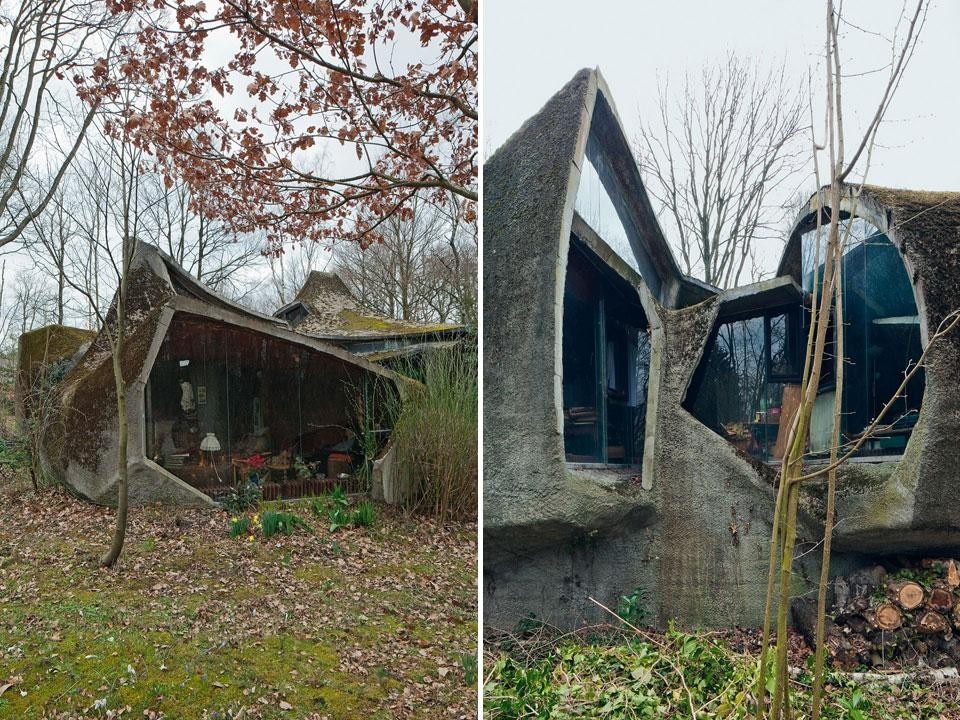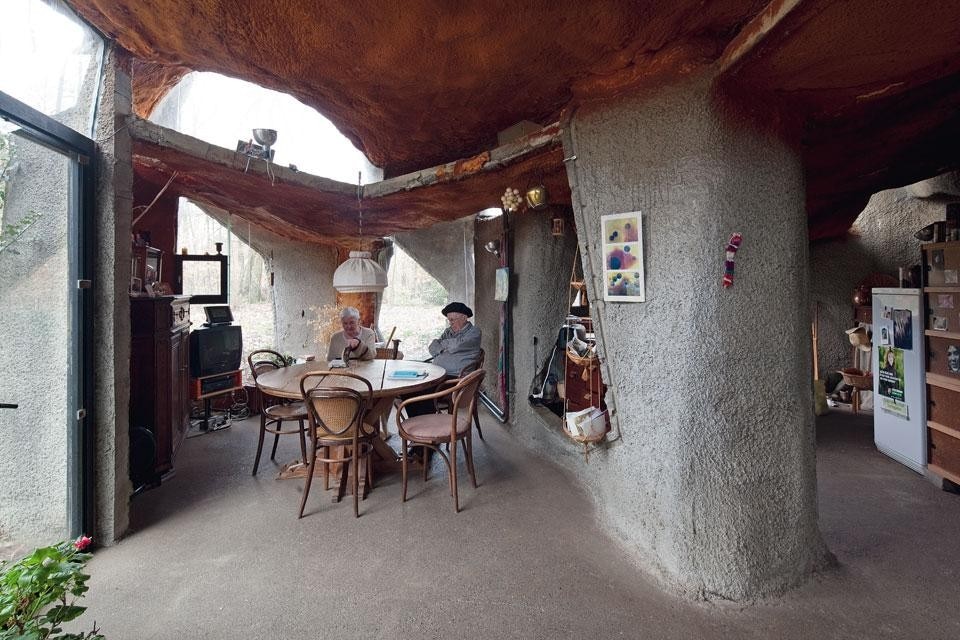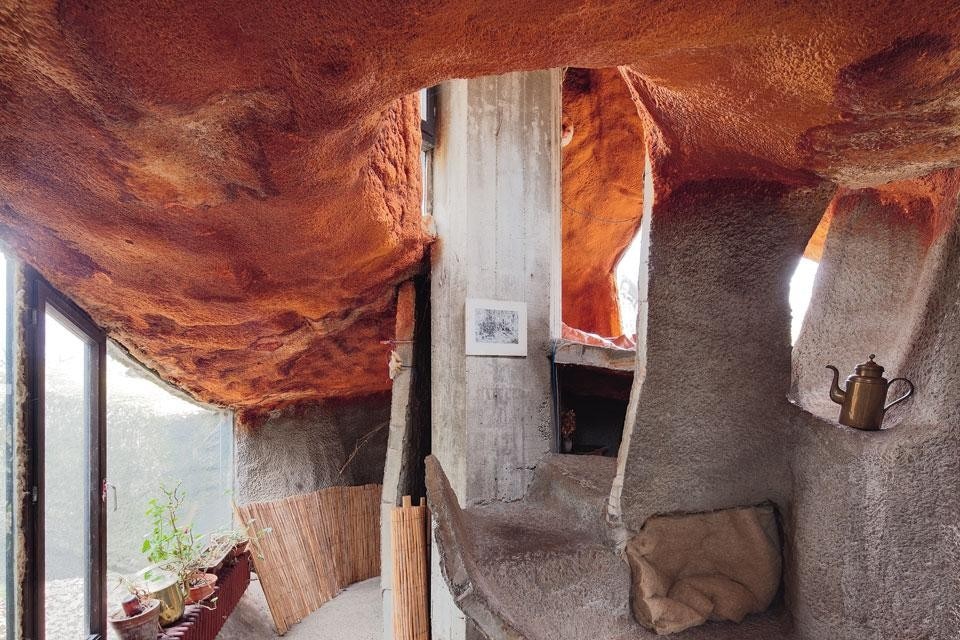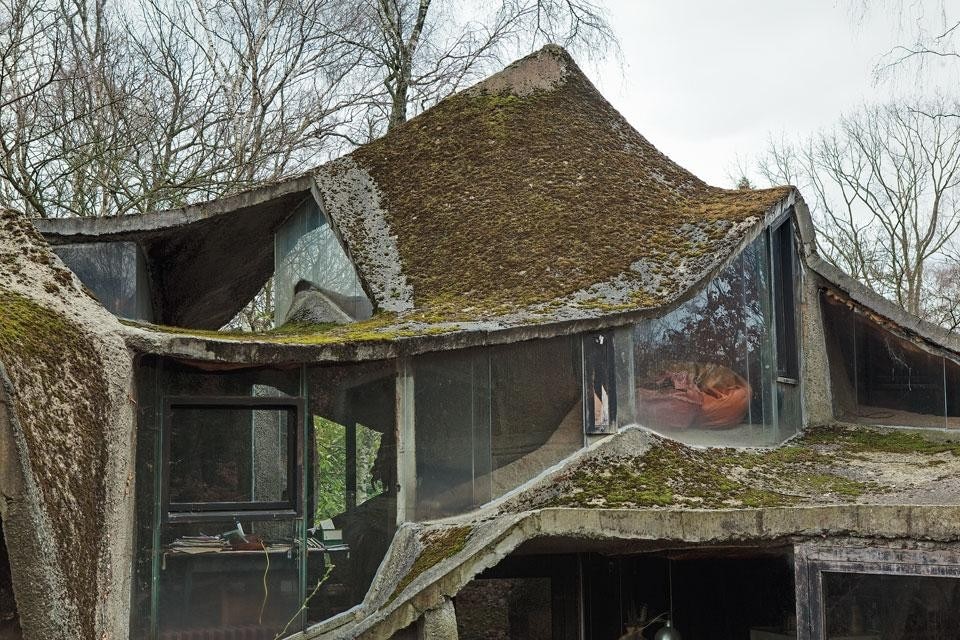Recently, Belgian postwar modernism has repeatedly been explored on an international scale. It was the subject of several articles published in specialised journals, and the public has been exposed through exhibitions and monographs to the work of Belgian architects who were previously unknown outside their national borders. Although this country and its people are rarely brought up in the context of architecture or design, the 1950s and '60s represent the extraordinary growth of applied art in Belgium. At that time, design and architecture found widespread application across the entire society, and architects found great potential to experiment with radical modernist ideals in the mass production of housing developments and villa neighbourhoods.
Exponents of the Belgian architectural scene of the 1950s, including Willy Van Der Meeren, Jacques Dupuis, Lucien Engels and Renaat Braem, among others, dealt with the legacy of functionalism in their respective personal styles. The strict functionality and social ideas were enriched, most notably in the case of Willy Van Der Meeren, by surprisingly expressive and almost decorative forms. This standard would soon come to be reflected even in the work of rather provincial architects. A somewhat "soft" modernism, culminating in the 1958 Brussels World's Fair, took on a very obvious expression in Belgium, in extreme cases branching into new historical forms, kitsch, and even pre-postmodern elements.
Meanwhile, many other artists dedicated their entire careers to the pursuit of a clean form of modernism, used to create unexpected architectural spaces. Renaat Braem, whose Antwerp studio was made into a museum in 2006, approached a sculptural interpretation of building by the early 1960s, and his residential projects adopted a soft organic expression in the latter part of the decade. The Van Humbeeck House (1966–1970) in Buggenhout or the Villa Alsteens (1966–1969) in Overijse were no longer strict instruments for living decorated only by abstract details, but complex-shaped organisms that often grew into their surroundings. A similar approach to shaping material can be found in the work of the solitary Juliaan Lampens, who interpreted residential buildings and churches as brutalist sculptural volumes in raw concrete, after the example of Le Corbusier's later work.
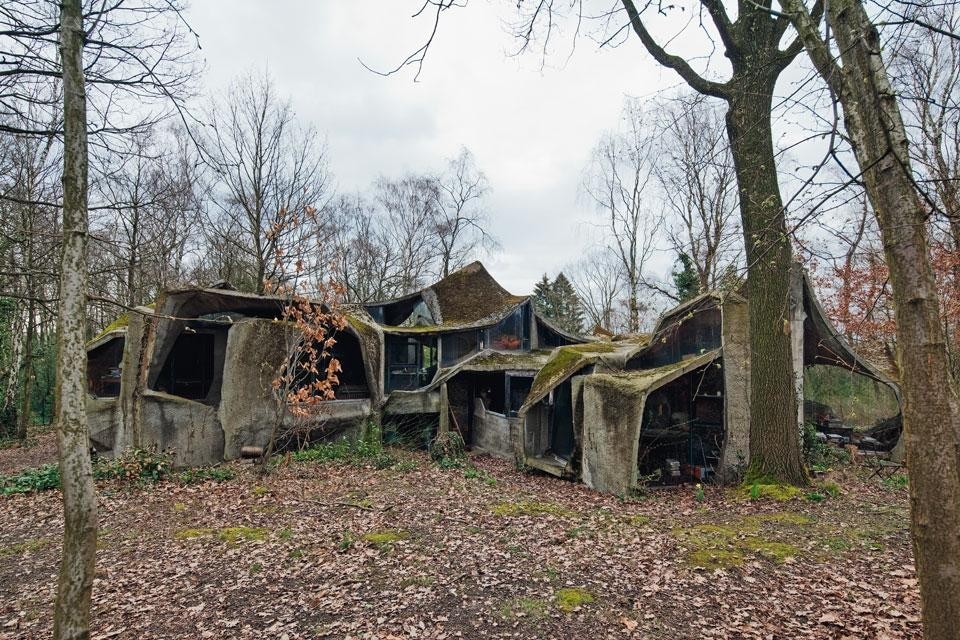
In an earlier project, Gillet was asked by engineer Jean-Marie Huberty to collaborate on the "aesthetic impression" of Huberty's own house in La Hulpe, near Brussels. Here, Gillet encountered the unexpected possibilities of concrete; for example, the roof was designed with Huberty and fellow civil engineer André Paduart as a shell of two parabolic hyperboloids, only five centimetres thick. Gillet immediately acknowledged the constructional and artistic qualities of the material, whose potential thinness he would go on to use in the Sculpture House.
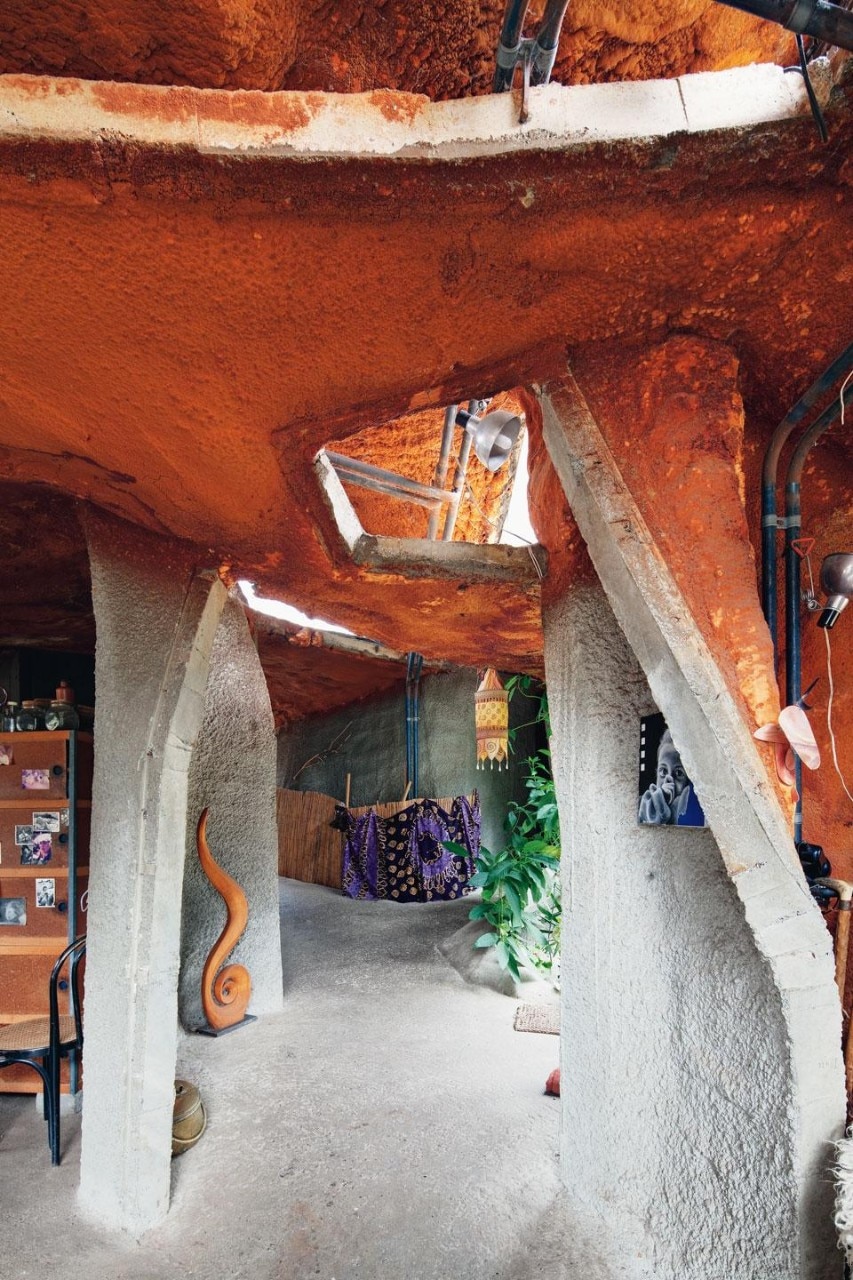
The creators' dream came true in 1967 as they began to build a living sculptural object, with almost no project plans. During the process of construction, a spontaneous organic architecture emerged, blending into its environment like a rock, as if it had stood there forever. As Jacques Gillet wrote in 1978, "What is a house, for our characters as individuals, for our family as an entity, for the education of our children, for this very place and for this particular time?" This house, in particular, grew up from the ground.
During the process of construction, a spontaneous organic architecture emerged, blending into its environment like a rock
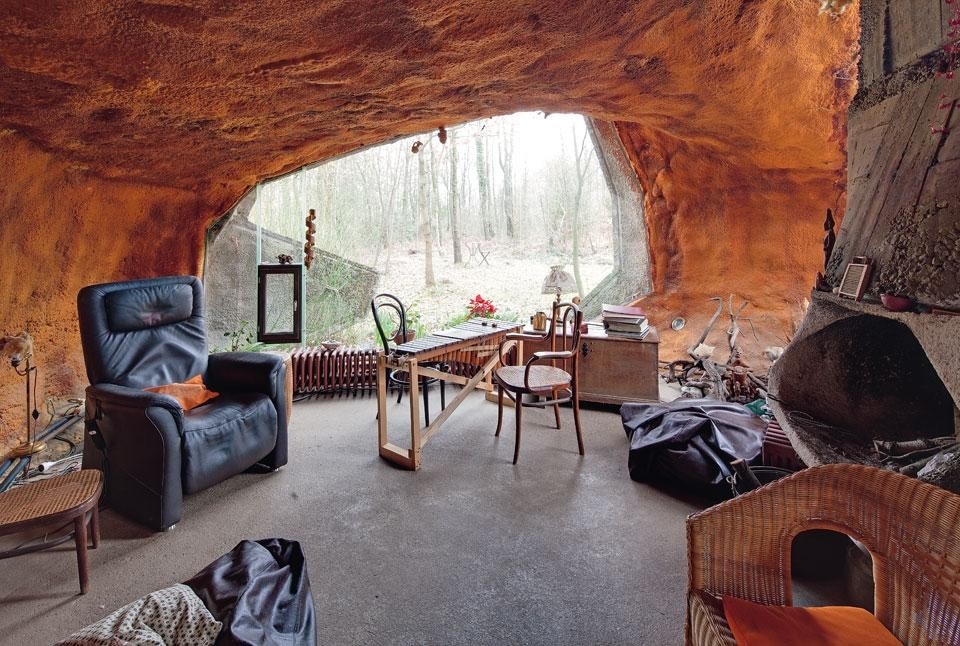
The house, whose moss-covered surface has become a natural residential element today, may be the best functioning result from the 1960s experiments in organic and utopian architecture. Alongside Gillet's house, Frederick Kiesler's Endless House, the sculptural houses by André Bloc, the utopian residential visions of the Archigram group, and the experimental 1960s Viennese school were searching for new forms of living and spatial experiments through a return to the past, to the time when mankind lived in caves, to the embryo ensconced in the womb of its mother. The sterile, clean spaces of functionalist houses were replaced by indefinite organic forms that merged naturally with human life. In this case, Gillet's design adapted to its inhabitants, the modern quotidian cave serving its purpose as well as any other house. Jacques Gillet's brother and his family have been living in this house for over 40 years; thus, architectural utopia has become a part of ordinary life.
